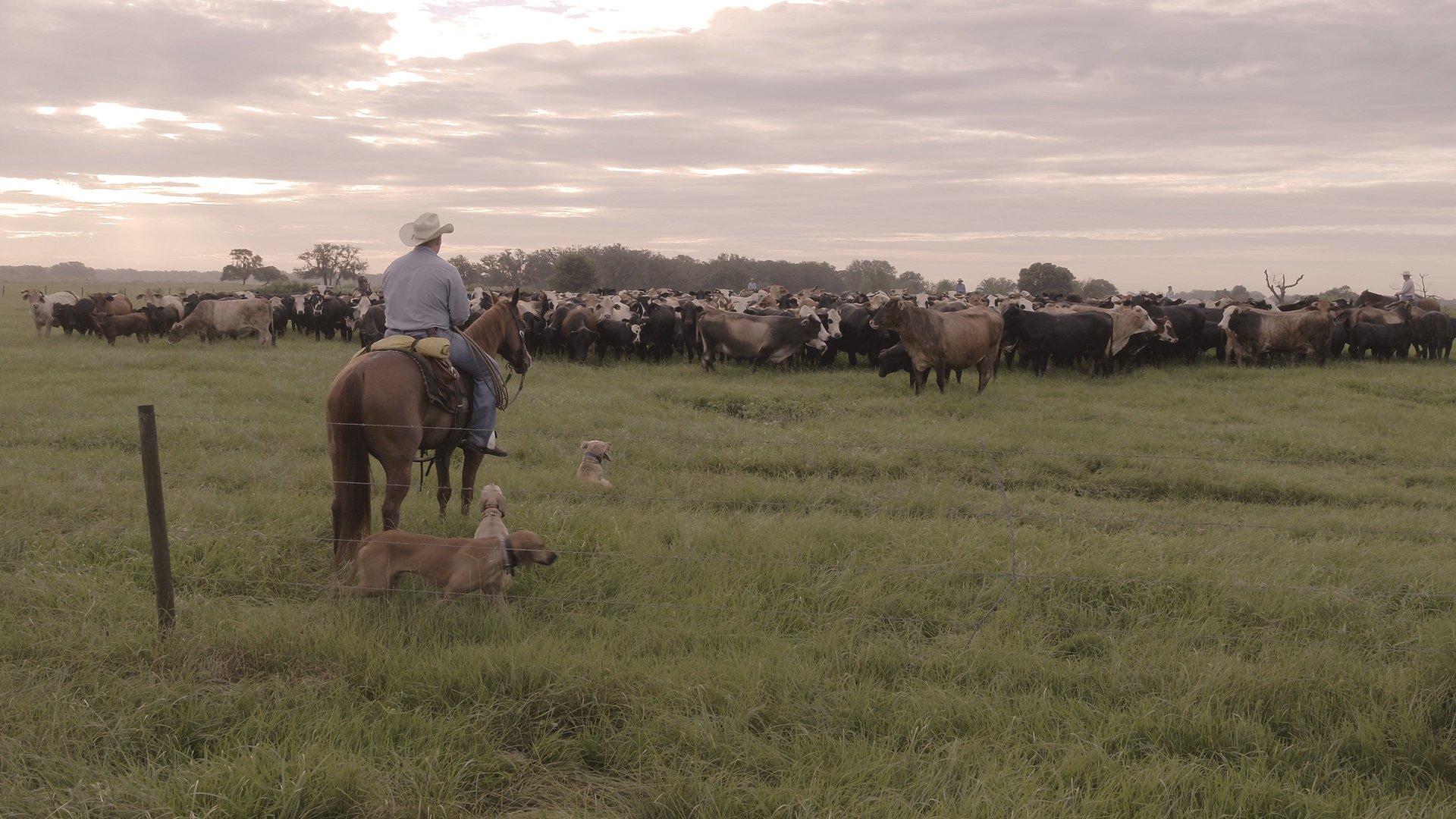Why cattle are the key to unlocking the energy of human-inedible plants
Everything we eat depends on the sun. This statement probably seems obvious, but it’s key to understanding why we need both plants and animals working together in a sustainable food system.


Everything we eat depends on the sun. This statement probably seems obvious, but it’s key to understanding why we need both plants and animals working together in a sustainable food system.
Living things that make their own food by using energy from the sun and carbon dioxide in the air are known as autotrophs. Autotrophs provide the energy that allows all of us on earth, from bacteria to humans to elephants, to live. A key principle in ecology is that every time energy moves from one trophic-level to the next, about 90% of the energy is lost as heat and only 10% is captured by the organism. For example, when cattle eat grass, 90% of the energy in the grass is lost as heat, and if we humans eat beef, 90% of the energy in beef is lost as heat. As a result, we humans are only capturing about 1% of the energy in the original plant eaten by the cow for ourselves. The more trophic levels you get away from the original source—the plant—the more energy is lost.
Logically, this basic truth of energy loss in the food web has driven some to call for “eating lower” on the tropic scale—eat more plants and fewer animal-sourced foods. In some ways, we already do this in the United States—about 70% of the calories in the average American diet come from plant-sourced foods. If this inefficiency exists when you move from one trophic-level to the next, why eat animal-sourced foods at all?
The answer is two-fold: the energy contained in plants eaten by animals is often unavailable to humans by eating plants directly, and food security is more than simply calories available.
Most of the solar energy captured by terrestrial plants is put into cellulose, the most abundant organic molecule in the biosphere. This molecule is indigestible to humans and most of our fellow mammals—we cannot unlock the solar energy. The only organisms that can are bacteria.
This is where cattle and other ruminant animals like goats and sheep come in. Ruminants carry a whole world of microorganisms around with them in their stomachs to do the hard work of breaking down cellulose in plants and plant leftovers that we cannot eat, like grass and corn stalks. The mutually-beneficial relationship between ruminant livestock and their microbes means humans can get food from grassland landscapes on which plant foods such as grains, vegetables, and pulses, cannot grow. In that way, ruminant livestock help us unlock solar energy for our food system. This is true even for grain-finished beef in the United States—90% of what grain-finished cattle eat in their lifetimes is grass and human-inedible plant leftovers that are high in cellulose.
What about the second answer that calories are not food security? If we focus only on energy or calories, we miss the importance of having enough other nutrients like protein and essential B vitamins in our food supply. Animal-sourced foods are nutrient-rich, often packing more essential nutrients per calorie than plant-sourced foods. Ultimately, this is what livestock are doing in our food system—they are upgrading and value-adding plants. Animals consume plants we cannot or do not want to eat and make a more nutrient-rich and desirable food for humans.
The process by which cattle upgrade plants, and specifically plant proteins, means they are adding nutrients to the human food supply that would not exist without cattle. Researchers at the UN Food and Agriculture Organization found that, globally, cattle provide 66% more protein to the human food supply in the form of beef than they themselves eat. This is possible because most of the plants cattle eat are human-inedible.
Rather than competing for food and energy, cattle are adding to the bounty that exists on humanity’s collective dinner table. Cattle are mobile, self-replicating, solar energy-powered beings that provide the original plant-based meat to humans—beef.